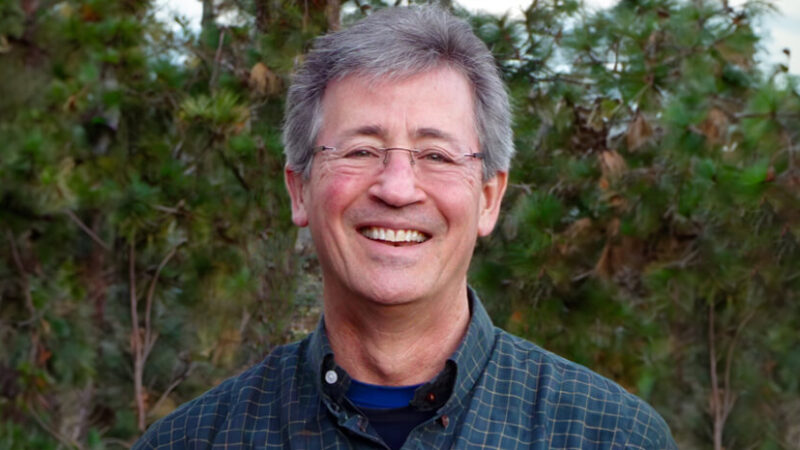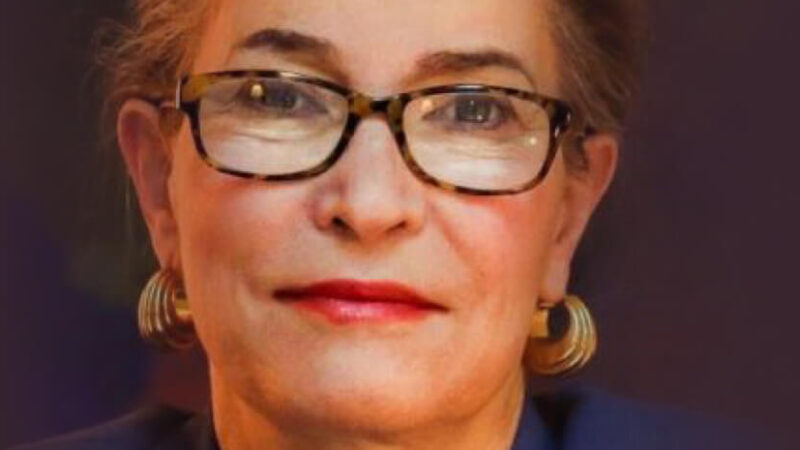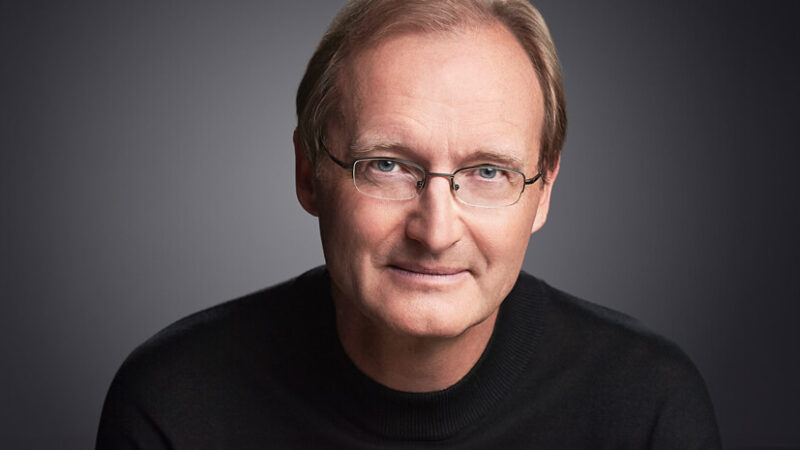Decoding Your Emotional Blueprint
Judy Wilkins-Smith is a highly regarded organizational, individual, and family patterns expert. A systemic executive coach, trainer, facilitator, thought partner, and leadership conference and motivational speaker, she has 18 years of expertise in assisting high-performance individuals, Fortune 500 executives, and legacy families to end limiting cycles and reframe challenges into lasting breakthroughs and peak performance. She is the author of the book Decoding Your Emotional Blueprint: A Powerful Guide to Transformation Through Disentangling Multigenerational Patterns.
In this inspiring podcast, Sounds True’s founder, Tami Simon, speaks with Judy about the deep work of transforming our ancestral patterns on the path of personal evolution. They discuss Bert Hellinger and the creation of constellations and systems-based work; engaging in a multisensorial experience of your system; reengineering what we’ve inherited as truth; illuminating our “unconscious loyalties”; how we can take a “quantum leap” that serves the entire system; how every system has its clear rules—both spoken and unspoken; Judy’s teaching on “building the weight” and doing the things you never thought possible; a constellation exercise for feeling a greater sense of belonging in our families; epigenetics and the imprinting of generational behavioral patterns; what neuroscience tells us about rewiring our thoughts, feelings, and actions; laying down a triumphant path instead of a traumatic path; decoding our emotional blueprint when we have a health challenge; and more.






